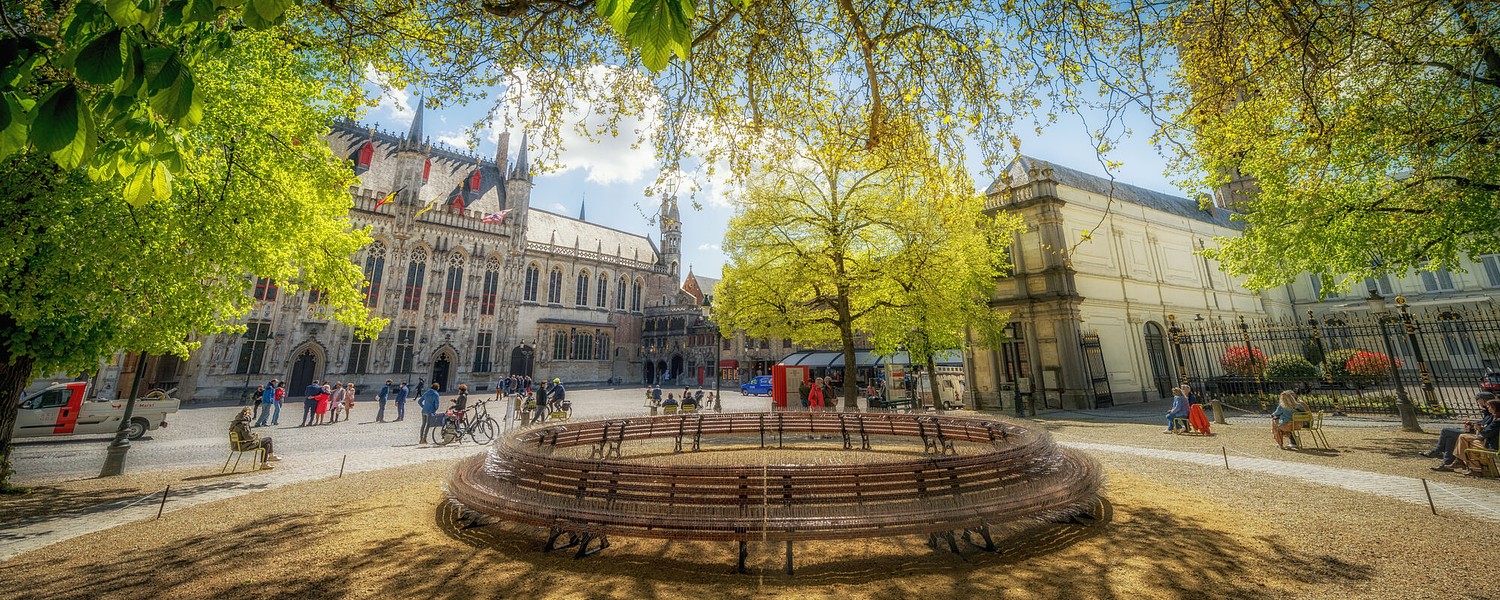
Procession of the Holy Blood
Every year on Ascension Day, the Procession of the Holy Blood passes through the historic city center of Bruges. The Procession of the Holy Blood was created in 1304 as an expression of gratitude and faith. More than 1700 participants sing, play music, dance and act. The style of the procession reminds of the Burgundian time when guildsmen, craftsmen, brotherhoods and rhetoric chambers were responsible for the performance of the scenes.
The dominating theme is the remembrance of the suffering of Jesus Christ. The biblical narrations constitute the basis of the procession. Thematically, the Procession of the Holy Blood is divided into four parts. The evocation starts with the Old Testament, from Creation to the prophets. Next comes the New Testament, from Birth in Bethlehem to Pentecost. The third part tells how the relic of the Holy Blood ended up in Bruges. In the last part, the members of the Noble Brotherhood of the Holy Blood accompany the shrine in which the precious relic is stored.
Maggiori informazioni







